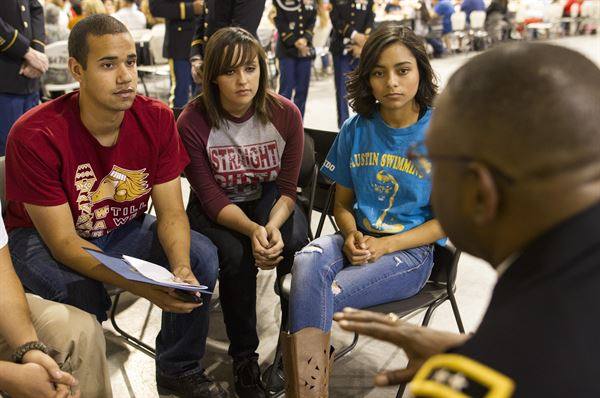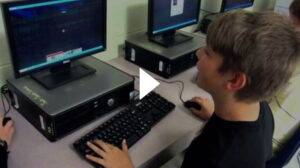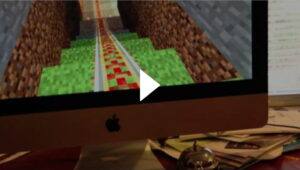Remix the 5E Model, blending project-based learning and technology (e.g. Minecraft: Education Edition), to serve up engaging learning opportunities. These jazzed-up lessons have the power to captivate students’ hearts and minds. If you’re wondering why you should use the 5E Model with PBL and technology, keep reading. Aside from Generation Z research, which focuses on students we have in our classrooms now, research supports the idea that engaged learners retain more and apply that learning more.
Research
Here are some points that make it an imperative we remix learning in our classrooms:
- A 2013 Gallup poll of 500,000 students in grades five through 12 found that nearly eight in 10 elementary students were “engaged” with school, that is, attentive, inquisitive, and generally optimistic. By high school, the number dropped to four in 10.
- A 2015 follow-up study found that less than a third of 11th-graders felt engaged (as cited online by Tim Holt).
Teachers must often overcome several obstacles when initiating PBL in their school. Yet the shift to active learning involves students in open-ended, scaffolded learning opportunities. Terms like active learning are often synonymous with engaged learning. Some see engaged learning as “providing students with opportunities for practice in unscripted, authentic settings, where stakeholders (including the students themselves) are invested in the outcome” (Source). Reviewing the definition of common terms helps ground our work.
Defining Terms
Is this your first time in the kitchen? Let’s take a moment to define terms that have been tossed around.
- Active Learning: “Active learning is generally defined as any instructional method that engages students in the learning process. In short, active learning requires students to do meaningful learning activities and think about what they are doing” (Source).
- 5E Model: The 5E Model organizes lesson planning, focusing teacher-created activities and making them student-centric with attention given to Explore, Explain, Elaborate, and Evaluate to transform learning. You can find a more detailed overview online.
- Project-Based Learning (PBL): The PBL approach drops students into a real world problem-solving situation and engages them emotionally and intellectually from stakeholder perspectives. You can find more information about PBL online. You may also want to read this LifePractice PBL book review by TCEA member Tim Holt from El Paso ISD.
Now that definitions are out the way, let’s dive into a fun exploration of the 5E Model with PBLT, one step at a time.
Step 1: Engage with Problems
Craft an engaging scenario or problem. You need not limit yourself to problems or issues that arise in your community. Use local news, as well as news sources online such as Dogo News, Newsela, or Newseum. Combine tools like Summarize This or Read & Write to to help transition students to make their research process visible. When selecting a video or news story, search for one that is aligned to the TEKS Standards.
Here are two examples featuring Minecraft: Education Edition (MCEE) PBL Task Cards I adapted from lessons developed in TCEA MCEE workshops:


You can read more about this in another blog entry, Fantastic Voyage: Minecraft Lesson Planning.
Step 2: Explore Student Thinking with Videos
As we explore student thinking, you can quickly make thinking visible with video. Encourage students to “think, plan, investigate, and organize collected information” with either Flipgrid.com or LetsRecap.com. Both offer opportunities for students to share their reflections and research take-aways.
Don’t forget that you can also encourage students to snap pictures in Minecraft: Education Edition (MCEE), write a short description of those, and then export the images. This makes it easy to collect the information into a slide show and have students record audio reflections describing what they learned as a narrated slideshow.
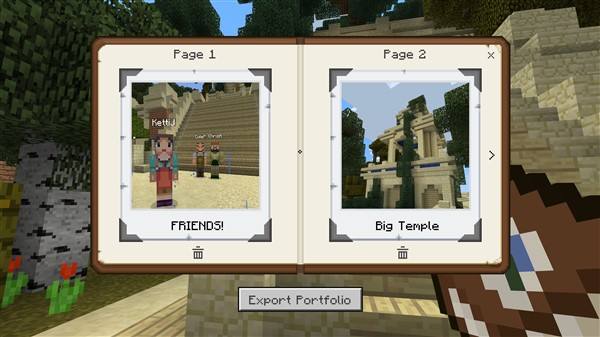
Another approach includes having students fill out paper rubrics sharing their learning. Here’s one example of a rubric that fosters reflection. Students had worked on building a community in MCEE:
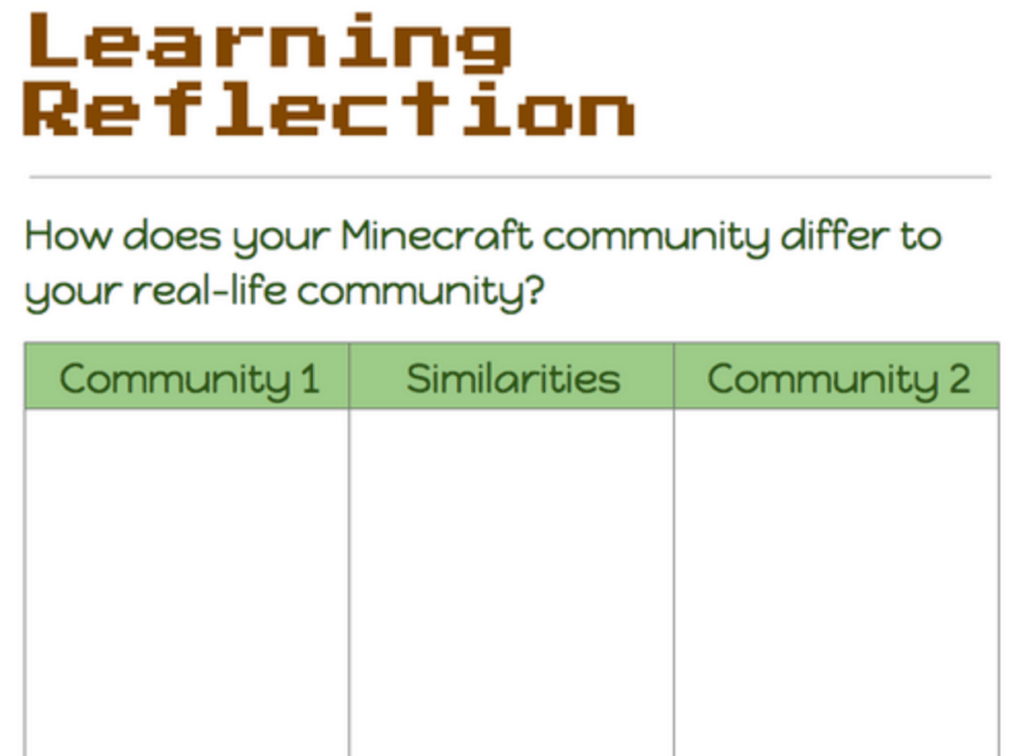
Step 3: Explain Learning Take-Aways
In this step, students can use a tool like Shadow Puppet EDU, Toontastic, Google Slides with Screencasting tools, or Powerpoint and Office Mix to create some type of media (e.g. audio, narrated slideshow, video) that shares their learning. The main goal is to externalize their thinking and learning process in such a way that helps others understand it.
Step 4: Elaborate with Paper Slides
In this step, have students apply their new insights and framework to a new idea. One approach involves creating a narrated slideshow with paper slides, where students storyboard their application of a newly developed problem-solving process to an existing problem. Their illustration of the problem helps them see what is happening, bringing order to chaos. Then, video record a paper slide of the process as students explain their thinking.
Here are two sample storyboards (which could be made in a comic book app or website, Powerpoint, or even hand-drawn in OneNote with digital ink. Other tools include Padlet, Google Drawing, Google Slides). It really doesn’t matter what you make it with, provided that students make their thinking visible.

Sample storyboard involving Minecraft and the “Horror” genre:

Another approach is to rely on a tool like Skype or Appear.in to bring in an expert to offer feedback on the paper slide students have created. Here are a few folks you can connect with via Twitter:
- Follow Twitter conversation #MinecraftEDU
- Neal Manegold @PlayCraftLearn
- Benjamin Kelly @BBTNB
- Garrett Z. @pbjellygames
- Mark Grundel @MGrundel
- Rachel Burkett @tisinaction
- Rachel Kent @RachelKTutoring
- IrvSpanish
- Connor Kropp @ConnorKropp
Step 5: Evaluate with Quizziz or Kahoot!
In this step, students are expected to take evaluation to the next level. Rather than the teacher creating a Kahoot! or Quizziz type assessment, students reflect on the process they have gone through and then create an assessment to offer others who are learning from them. The assessment serves as a reflective measure for the solution developers and for others who seek to learn from the solution or apply it.
Wrap Up
Once you have crafted your 5E Model Lesson with PBL+T, you can take a break and relax. Learn more about PBL in the Classroom at an upcoming Tots and Technology conference.

